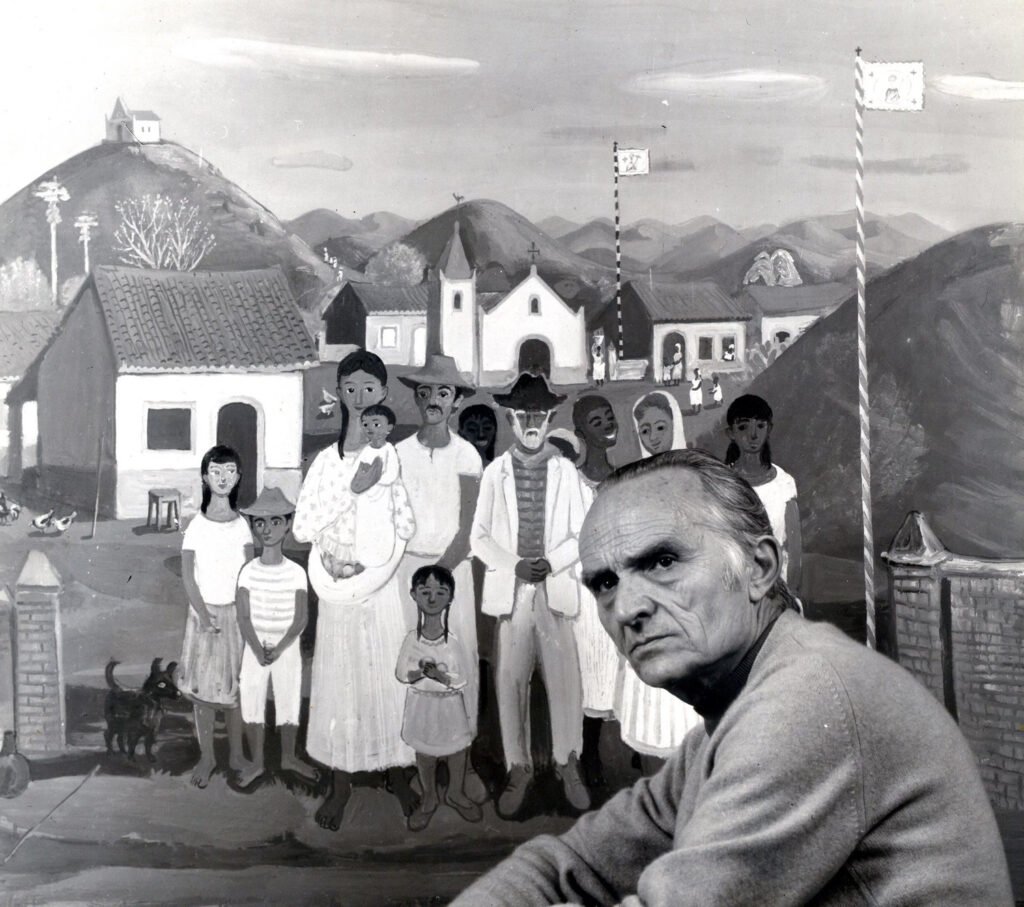Fulvio Pennacchi, an influential Italian-Brazilian artist born in 1905 and passing in 1992, left an indelible mark on 20th-century Brazilian art. Immigrating to São Paulo in 1924, he honed his craft at the São Paulo School of Fine Arts, blending European modernism with Brazilian themes. His work, reminiscent of the Brazilian modernist movement, often depicted rural life and everyday scenes, reflecting influences from artists like Tarsila do Amaral.
Pennacchi’s mural work, akin to Portinari’s, adorned public spaces with his unique style, praised for its fusion of European modernism and vibrant Brazilian colors. He also ventured into terracotta sculpture, crafting pieces with distinctive characteristics from local clays.
Throughout his career, Pennacchi’s art celebrated human activity, paying homage to Creation and the inherent divinity within humanity. His style evolved from the voluminous chiaroscuro of his early years to embrace the figurative and colorful tropes of Brazilian landscapes.
Beyond his artistic endeavors, Pennacchi’s legacy extends to his poetry, characterized by its musical rhythms and philosophical depth. As a man, he exemplified a life of courage, perseverance, and love for both God and humanity, leaving behind a body of work that reinterpreted classical traditions while reflecting on Creation’s profundity.
Public Collections
Fulvio Pennacchi Museum, Museu de Valores – Brasilia and Museu Nacional Da República.


